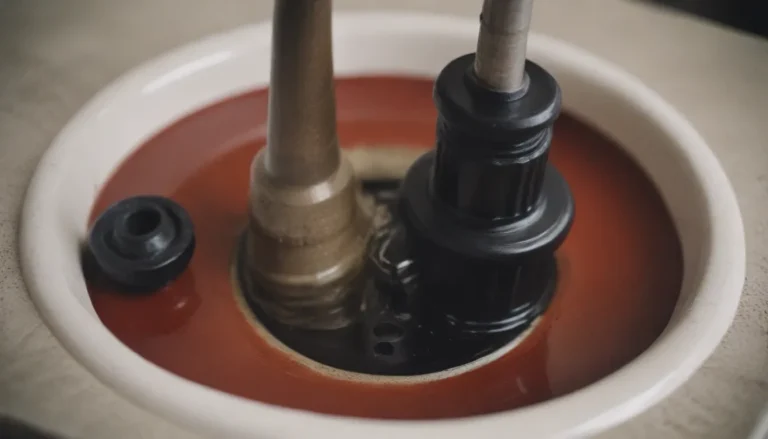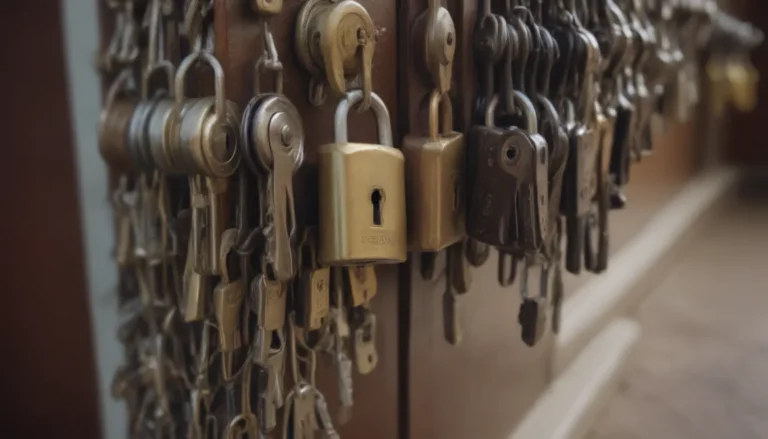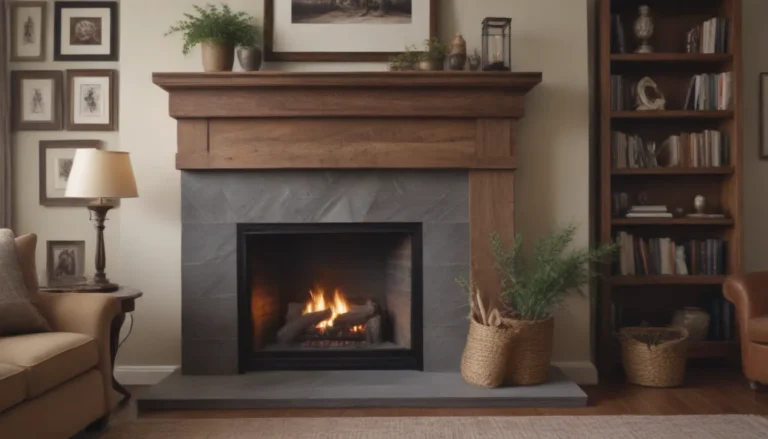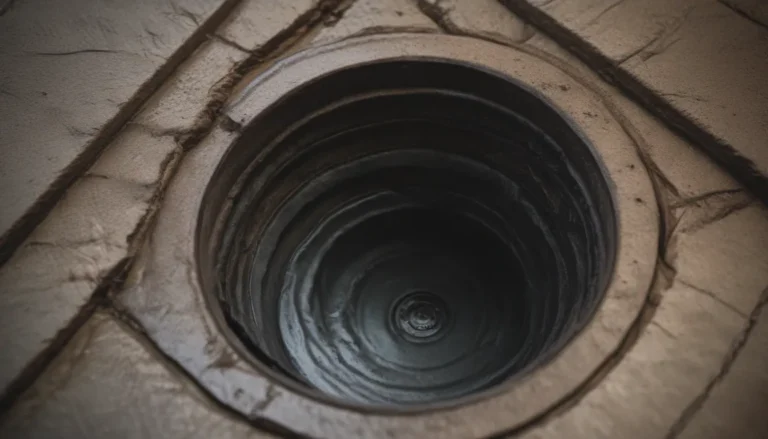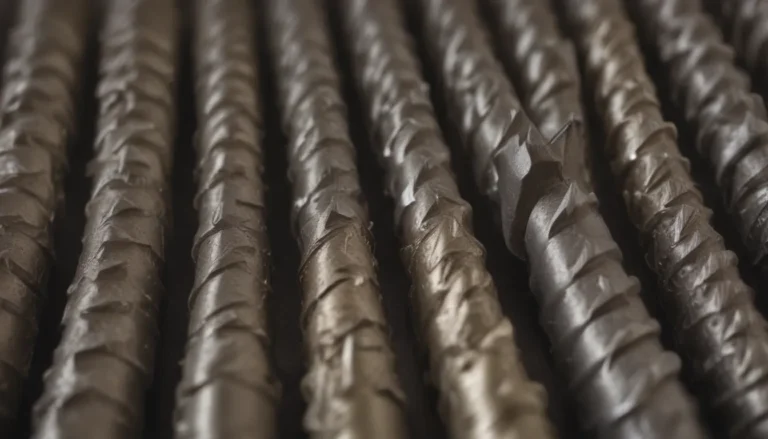Everything You Need to Know About Checking and Maintaining a Pilot Light on a Gas Furnace
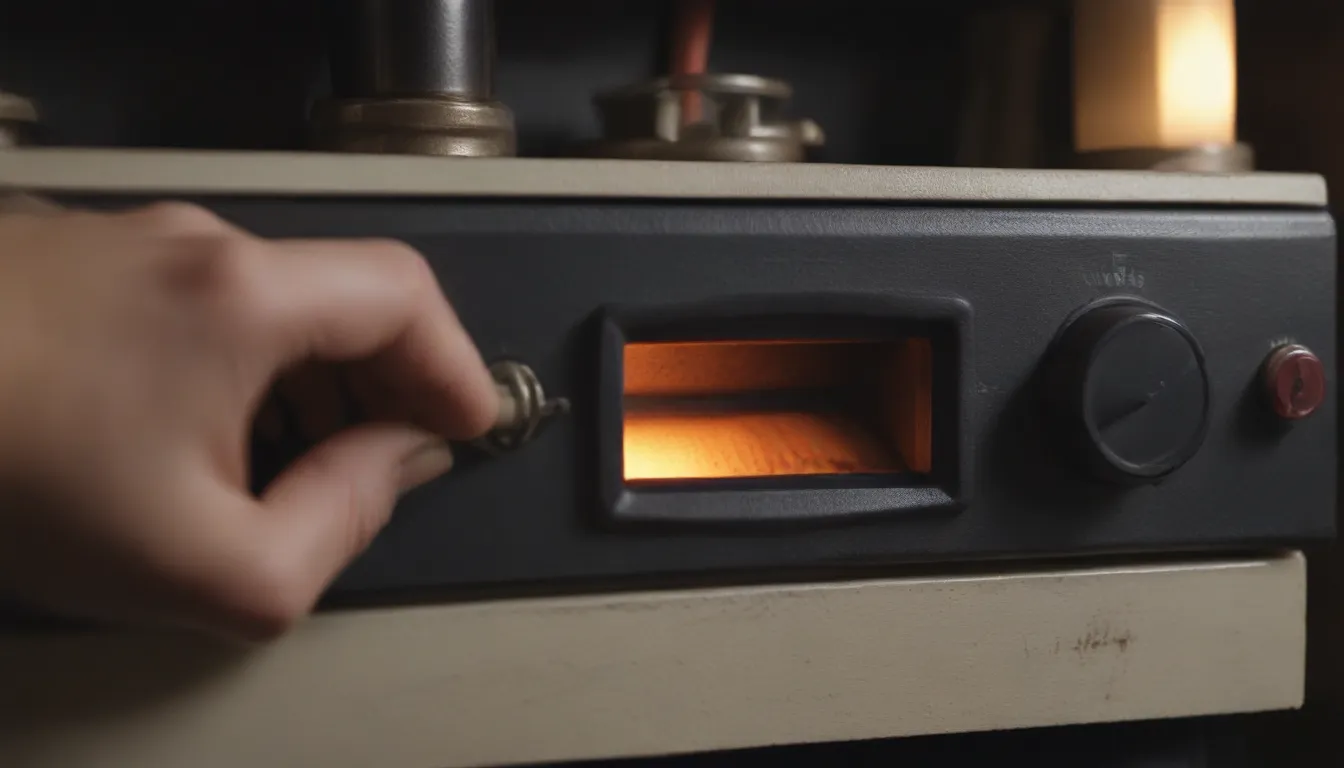
Gas furnaces have been a vital component of many homes for decades, providing warmth and comfort during the chilly winter months. Before the rise of modern electronic ignition furnaces, most gas furnaces relied on a small standing pilot light to ignite the burner. This pilot light, along with the thermocouple, plays a crucial role in controlling gas flow and ensuring the furnace functions efficiently.
If your furnace still has a standing pilot light, it’s essential to keep it clean and properly adjusted to guarantee optimal performance and longevity. Regularly checking the pilot light before each heating season can help you identify any issues with the air and fuel mixture, as well as the flame color. In this comprehensive guide, we will walk you through the steps to inspect, repair, or adjust your standing pilot light to ensure your furnace operates at its best.
Understanding the Importance of a Pilot Light
Fun Fact: Did you know that starting in the 1990s, many HVAC contractors and builders began transitioning to high-efficiency electronic ignition furnaces over older standing pilot designs? If your furnace still has a standing pilot light, it’s likely nearing the end of its lifespan, which typically ranges from 15 to 20 years for well-maintained forced-air furnaces. Consider upgrading to a newer, high-efficiency model to improve energy efficiency and performance.
Inspecting the Pilot Light Flame
The color of a proper pilot light flame can vary slightly depending on whether your furnace uses natural gas or propane as fuel. Ideally, the flame should be blue with a hint of yellow at the tip. A bluish-green flame could indicate the presence of rust or dirt, which can affect the pilot light’s performance. Here’s how you can inspect the operation of the standing pilot light:
-
Check for Consistent Flame: Ensure that the pilot light ignites and stays lit consistently. If the flame flickers or goes out frequently, it may indicate a problem with the thermocouple.
-
Inspect Flame Color: A blue flame is a sign of a healthy pilot light. If the flame appears yellow or orange, it could indicate a combustion issue that needs attention.
Warning: Safety First!
Performing repairs on gas furnaces can be dangerous and should be left to qualified professionals. If you encounter any unexpected issues or safety concerns while inspecting or working on your furnace, stop immediately and contact a professional technician to avoid any potential hazards.
Adjusting the Flame
If you notice any abnormalities in the pilot light flame, you may need to adjust the flame throw to ensure proper combustion. Most pilot valves have a small screw that allows you to adjust the standing pilot flame. Here’s how you can adjust the flame:
-
Locate the Adjustment Screw: Refer to the furnace manufacturer’s instructions to find the screw on the pilot valve body. It may be labeled for easy identification.
-
Turn the Screw: Carefully turn the screw as needed to increase or decrease the flame size. Make small adjustments and observe the flame for any changes.
-
Monitor Flame Abnormalities: Keep an eye out for any flame abnormalities, such as flickering, erratic burning, or unusual colors. Adjust the flame until it appears blue and steady.
By inspecting and adjusting your standing pilot light flame, you can ensure that your gas furnace operates efficiently and safely throughout the heating season. Regular maintenance and upkeep of the pilot light can extend the lifespan of your furnace and reduce the risk of breakdowns.
Conclusion
Maintaining a gas furnace with a standing pilot light requires regular inspection and adjustment to ensure optimal performance. By following the guidelines outlined in this article, you can effectively check and maintain your pilot light to enhance energy efficiency and prolong the lifespan of your furnace. Remember to prioritize safety and consult professional technicians for any repairs or issues beyond your expertise. With proper care and attention, your gas furnace can continue to provide reliable heat for years to come.
